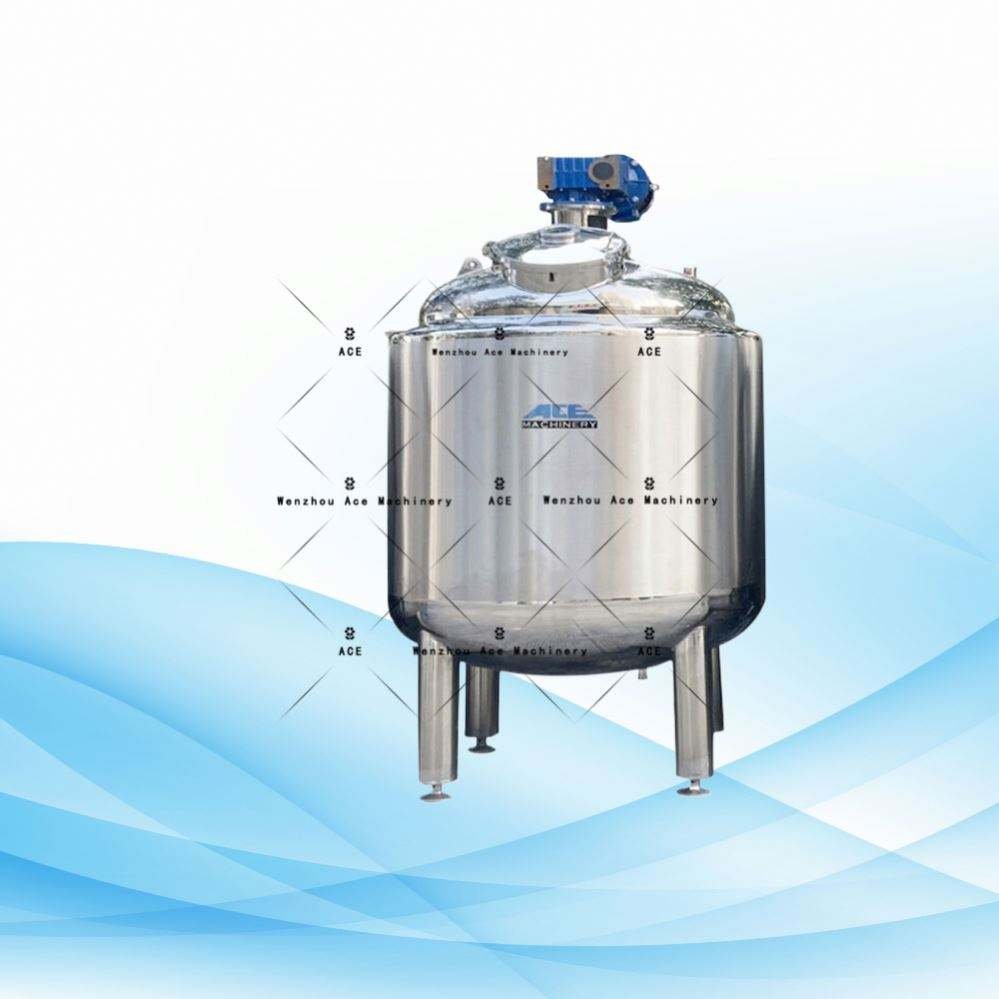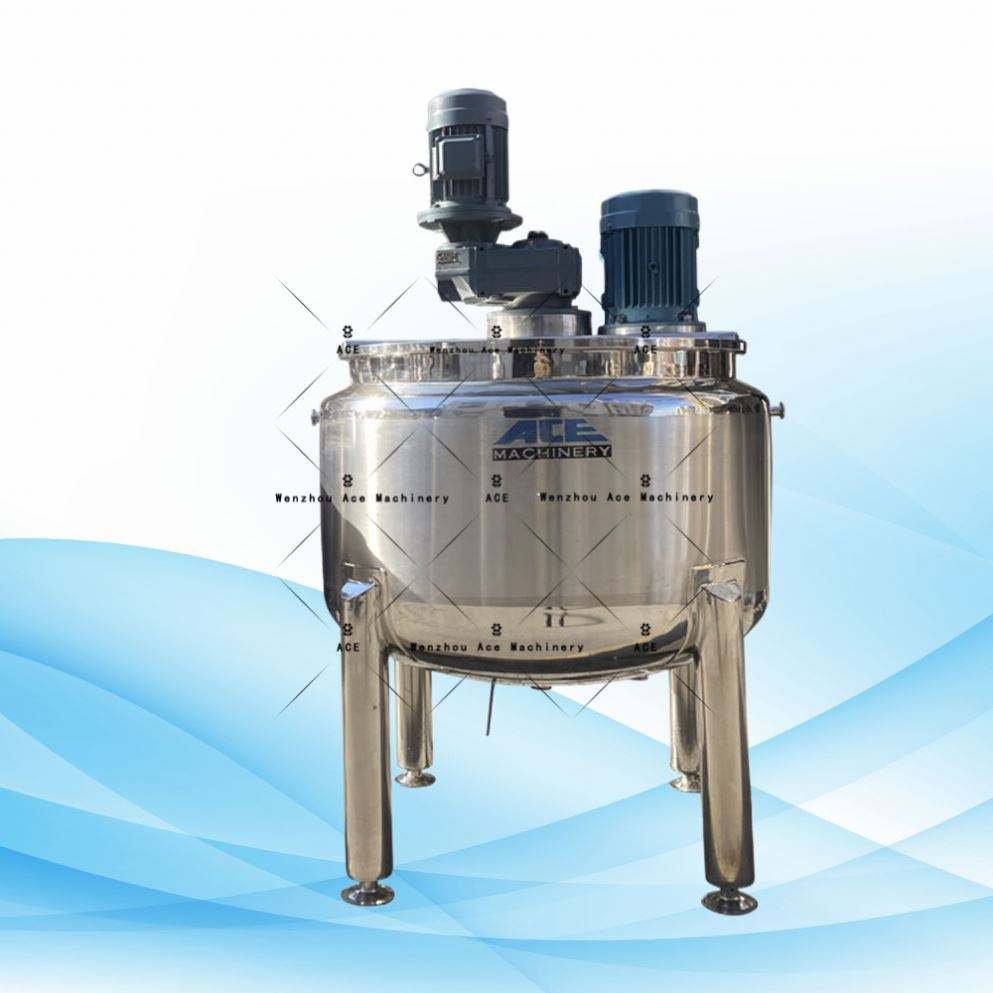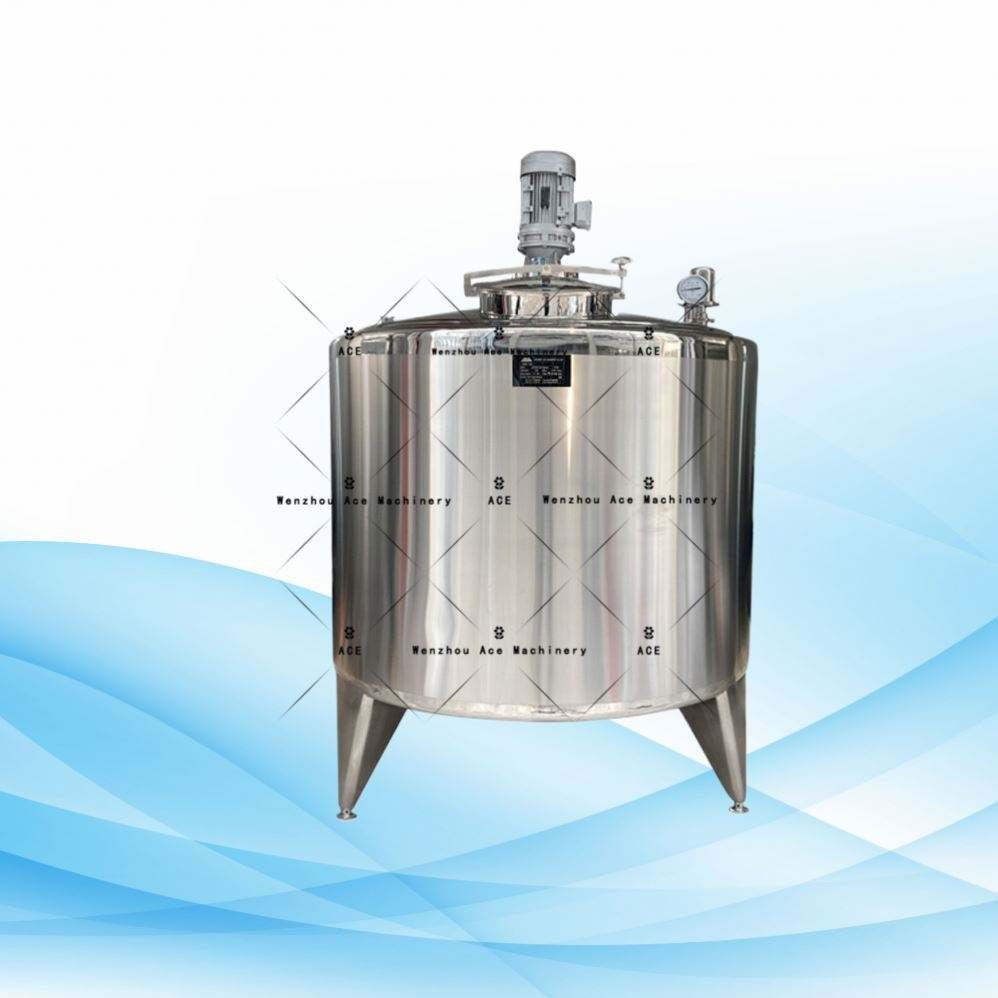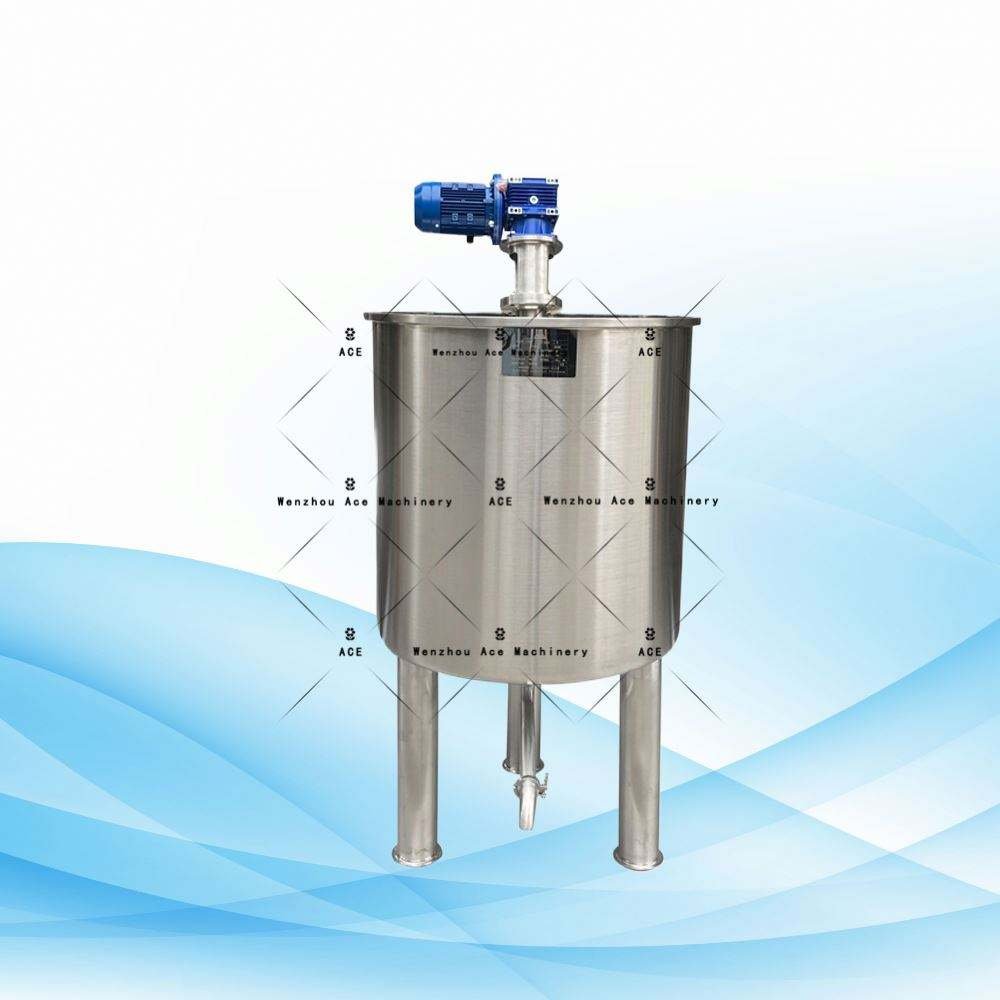Imagine a device that can swiftly and uniformly heat various products—enter the steam jacketed kettle. Essentially, this answers the question of what a steam-jacketed kettle is. You might also hear them referred to as steam boilers, especially when vertical. Here’s how they work: steam is injected into a thin jacket surrounding the kettle’s bowl. As it condenses, the steam transfers its heat of vaporization to the product inside. The kettle’s jacket is then drained of condensate (often just called water) to allow fresh steam to continue the heating process.
A steam-jacketed setup is essentially an outer shell with a hollow interior, heated as steam circulates around.
The steam’s energy is transferred to the product through conduction, utilizing the pressured steam inside the kettle jacket. The steam supply can be from an external source or generated within the jacket itself.
In the context of indirect heating, a steam generator is employed. This means the steam comes from the primary energy source within the pressure jacket instead of directly heating the product inside the kettle.
Features of Steam Jacketed Kettle
- Heating options with either gas or electricity.
- It offers consistent heating, a large surface for heat exchange, and exceptional thermal efficiency.
- Designed for ease of use with a strong focus on safety.
- Features a reliable gas-fired heating system that maximizes energy use.
- Engineered for practicality, making it easy to install and operate.
Air Extraction
Before steam is introduced, air is present in the equipment and pipework. Even during operation, air can enter the system. If the steam-air mixture isn’t moving, the air may settle at the bottom. This presence of air can hinder steam condensation and decrease the kettle’s efficiency.
Using air vents is crucial to expel the air that’s been drawn in. Make sure that steam kettles have their air vents positioned away from steam inlets as much as possible. Additionally, a steam trap will be necessary to enable air release. Due to unique shapes, steam flow, and gravity at each site, it’s vital to carefully examine installations to locate potential air pockets.
Steam Trap
A steam trap automatically keeps steam contained while allowing condensate to escape. There are various types, and choosing the right one depends on the kettle’s design. Kettles might tilt to drain through a siphon or stay stationary to drain by gravity.
An inverted bucket trap with a large orifice is ideal for kettles relying on gravity drainage. The ample venting assists in air evacuation. Alternatively, float traps or thermostatic traps can work for kettles that drain by gravity. For siphon-drained tanks, use differential condensate controllers or inverted bucket traps with generous vents. Be sure to select steam traps that are roughly two to three times larger than the anticipated condensate flow for added safety.
Hookup
For a correct design and specification of the system, consulting with a certified professional engineer specializing in steam usage is imperative. Manufacturers often offer assistance with connections for steam equipment. Professional plumbers or steamfitters are the recommended choices for steam equipment installation. Here are some hookup suggestions:
- Maximize steam circulation by placing the steam input pipe where it enters the kettle opening.
- Ensure the steam supply is adequate, with the kettle intake set high in the jacket.
- Position traps close to the kettle.
- Never connect multiple kettles to the same trap to avoid short circuits.
- Position ball valves and unions for easy installation and maintenance.
- Incorporate filters to protect equipment from particulates.
- Install ball valves or use strainer blow-down valves in the pipework for easier draining.
Condensate Return
Returning condensate to the boiler as make-up water or for preheating improves heat transfer efficiency. Depending on specific process requirements and the engineer’s creativity, condensate might serve additional purposes.
Several condensate return systems are available from steam equipment suppliers, which can be incorporated into existing setups. Whether using steam power or electric pumps, the choice of motive power for returning condensate should be considered carefully.
When utilizing electric systems, electricity powers the pumps. In steam-operated systems, steam from the boiler facilitates the return of condensate. Steam-powered pumps have fewer moving parts, making them a desirable option compared to electric models. However, steam pumps might not be the best fit when steam availability is low or costly.
What is the Jacketed Steam Kettle Cooking Method?
The unique design of jacketed kettles makes them perfect for preparing soups, stews, sauces, and various beverages, particularly when there’s a risk of scorching. In the food industry, these kettles are commonly used to heat such items, with the boiler reaching desired processing temperatures as steam circulates through the jacket.
How Does a Steam Jacket Work?
Heat moves through the vessel wall when steam flows between the jacket and the vessel’s walls in the annular space.
What is the Principle of a Steam Jacket Kettle?
Both the bottom and sides of an industrial steam kettle play a role in heat transfer. This method distributes heat more evenly and enhances the surface area that absorbs the energy, unlike directly heating from the bottom, which tends to be inefficient.
What Steam Jacket Kettle Usually Prepares?
While they’re more common in industrial food settings, steam kettles can also be utilized in smaller commercial kitchens. They’re perfect for making soups, stews, eggs, coffee, and many other items in bulk.
Application
So what exactly do steam kettles do? They’re a go-to for heating sauces, soups, and drinks—essentially any product sensitive to scorching—especially in the food industry.
The process involves heating the boiler to the right temperature with steam, then circulating it through the jacket. With a steam-jacketed kettle, one can modify the heating from an initial warming stage and switch to cooling to bring ingredients to the perfect temperature for further handling. However, the vessel’s jacket can develop hot spots due to the consistent live steam temperature, and welds on steel tanks may suffer from thermal shock when live steam is introduced.
Cooking Advantages
Commercial cooking kettles pave the way for a variety of culinary tasks—from browning meats to boiling pasta and vegetables, to preparing an array of liquid-based dishes like soups, stews, puddings, gravies, sauces, fillings, or even chili. The metal exterior of steam-jacketed kettles prevents scorching and ensures uniform cooking.
In contrast to the old-school double boiler, these appliances are a modern step up. Many models employ steam cooking under pressure—a significant advantage. While pressureless units can endure temperatures up to about 300°F, steam-jacketed kettles can slash cooking times by up to one-third compared to the traditional stovetop stockpot method.
Safety
Every pressure vessel, including boilers and kettle jackets, must come equipped with a pressure release valve. The valve settings should align with, or be lower than, the vessel’s maximum pressure rating. For older or unspecified equipment, it’s wise to pressure-test with water or air before introducing steam. Insulating or guarding steam lines and equipment that use steam heat is crucial in preventing burns.
Conclusion
When properly installed, an industrial kettle cooker system offers reliable performance for extended periods, boosts process efficiency, and enhances product quality. Knowing the basics of steam heating and applying them appropriately makes setting up such a system straightforward and secure.






